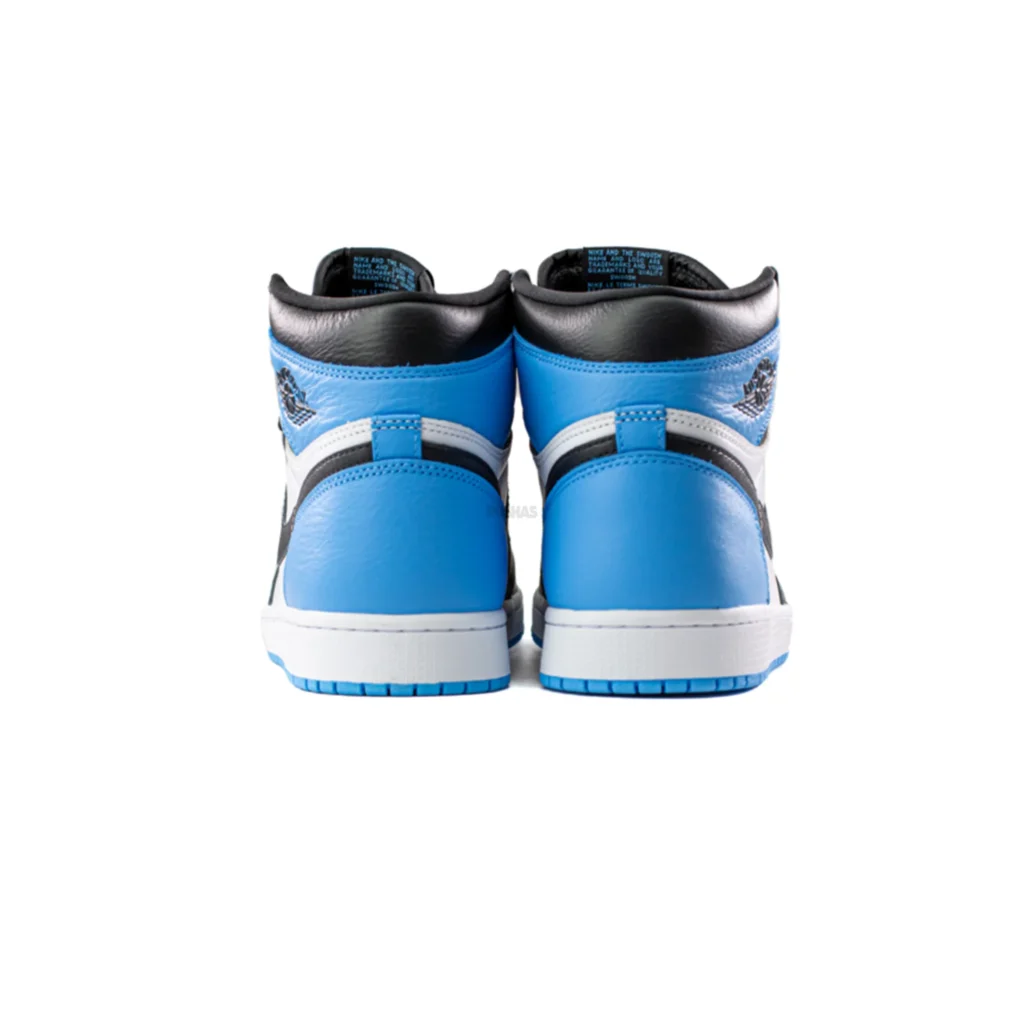In the sneaker community, the term “reps” is always of interest. What are reps, and how do they differ from authentic shoes? If you are new to sneaker culture or just looking at different options for footwear, knowing what reps mean in shoes can help you make the right decisions.
Replica (or “rep”) shoes are copies of branded footwear at a cheaper price. Although they look very similar to the originals, they are different in materials, construction, and ethical factors. For some, reps are an alternative when they can’t afford expensive shoes, but for others, it’s authenticity and brand recognition that matters.
We shall therefore discuss the origin of replica shoes, the historical background of how they started to be, a comparison with the real counterfeit, pros, and cons of having a replica shoe.
What Are Replica Shoes?
Definition of Replica Shoes
Replica shoes are often termed “reps,” and they are just imitation versions of well-known branded footwear. Rep shoes will closely resemble original models from brands like Nike, Adidas, or Balenciaga but usually be sold at a much lower price.
Unlike counterfeit shoes, which are produced to pass for the authentic ones, replica shoes are always openly marketed. The manufacturers majorly focus on the quality of replicas that resemble the original sneakers as closely as possible.
The Origins of Replica Sneakers
The supply of cheaper alternatives to luxury sneakers has existed for a long time. With sneaker culture evolving, the need for limited-edition releases sold out or priced too high because of resellers became apparent. It opened a market for replicas- cheap knockoffs that allowed enthusiasts to wear similar styles for a fraction of the original cost.
Over time, developments in manufacturing have led to the production of high-quality replicas that almost can’t be differentiated from the originals. Most of the online markets now sell rep sneakers and make them available for consumption to various consumers all over the world.
Replica Shoes vs. Counterfeits: Understanding the Difference
Counterfeit Shoes
Counterfeits are illegal copies that attempt to pass off as authentic branded footwear. These shoes often include identical logos and branding, violating trademark laws. They are typically made from cheaper materials and lack the durability of genuine products.
Key Features of Counterfeit Shoes:
- Poor-quality materials
- Identical branding and logos
- Made to deceive consumers
- Illegal in many countries
Replica Shoes
Replicas, on the other hand, are designed as lookalikes but do not always include exact branding. Some rep shoe manufacturers focus on quality and design accuracy, making them popular among sneaker enthusiasts who want the aesthetic without the high price tag.
Key Features of Replica Shoes:
- High-quality materials (varies by manufacturer)
- Often lacks exact branding details
- More affordable than the originals
- Available through various online suppliers
Why Do People Buy Rep Shoes?
Affordability
One of the biggest reasons people opt for rep shoes is their cost-effectiveness. Authentic sneakers, especially limited editions, can cost hundreds or even thousands of dollars. Replicas provide a similar look and feel for a fraction of the price.
Wide Variety of Styles
Replica shoes come in various styles, including rare and discontinued sneaker designs. This allows buyers to access shoes that may no longer be available in the official market.
Exploring Trends Without Commitment
Fashion trends change quickly, and buying replicas allows individuals to experiment with styles without making a significant financial investment.
Customization and Availability
Some replica manufacturers offer customization options, enabling buyers to get unique colorways and designs that may not be available in official releases.
Factors to Consider When Buying Rep Shoes
Quality and Materials
Not all replicas are made the same. Some manufacturers use high-quality materials, while others cut corners. Before purchasing, it’s important to research the supplier, read reviews, and check for quality indicators like stitching, sole durability, and overall craftsmanship.
Comfort and Durability
Authentic sneakers are often designed for performance and long-term wear. While high-end reps may offer decent comfort, cheaper versions might not provide the same level of support or durability.
Ethical Considerations
While replicas make fashion more accessible, they raise ethical concerns regarding intellectual property and brand integrity. Supporting genuine brands ensures that designers, manufacturers, and workers are fairly compensated for their efforts.
Sustainability
Sustainability is another factor to consider. Many replica shoe manufacturers use materials and processes that may not align with eco-friendly practices. If sustainability is important to you, researching a brand’s production ethics can help guide your decision.
How to Style Rep Shoes for Any Occasion
Casual Everyday Wear
Pair your rep sneakers with jeans, joggers, or cargo pants for a relaxed, stylish look. White or neutral-tone reps like Air Force 1 replicas work great with everyday outfits.
Business Casual Outfits
Some high-end sneaker replicas can complement business casual attire. Opt for clean, minimal designs that pair well with chinos and button-up shirts.
Sporty and Athleisure Looks
Replica sneakers with cushioned soles can add comfort and style to gym outfits, leggings, and hoodies. Brands like Adidas and Nike offer athletic designs that blend well with workout wear.
Common Questions About Rep Shoes
Are Rep Shoes Illegal?
Replica shoes are not inherently illegal, but their legality depends on branding details. If they include copyrighted logos, they may be considered counterfeit and illegal in some regions.
How Do Rep Shoes Differ from Unauthorized Authentic (UA) Sneakers?
Unauthorized Authentic (UA) sneakers are made in the same factories as genuine products but are sold without brand approval. They often use identical materials but are distributed outside official retail channels.
Why Do People Choose Rep Shoes Over Originals?
People opt for reps primarily for affordability, accessibility, and variety. Some individuals prefer to wear reps for daily use while keeping their authentic sneakers as collectibles.
How Can You Tell the Difference Between Replicas and Authentic Sneakers?
Differences can be seen in:
- Materials: Authentic shoes use premium materials, while reps may vary in quality.
- Stitching: Original brands have precise stitching, while some reps might show inconsistencies.
- Sole Construction: Authentic sneakers often have more durable and cushioned soles.
- Logo and Branding: Reps may have slight variations in logos, color shades, or placement.
Final Thoughts: Are Rep Shoes Right for You?
Replica shoes have become part of the sneaker culture, which provides affordable options for high-end footwear. It could be either for trying new styles or looking for a cheaper alternative. Here, one should consider the quality, comfort, and ethical issues involved.
Authenticity and durability, perhaps, might dictate that buying originals is the only way. Or, for affordable, trendy replacements, there is always a high-quality rep that you can bank on. However, it really doesn’t matter what your final decision would be; knowledge about what reps in shoes entail is a perfect guarantee to guide confident purchasing decisions.



